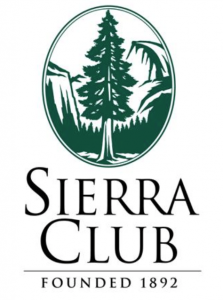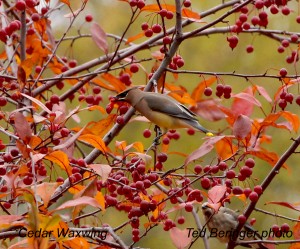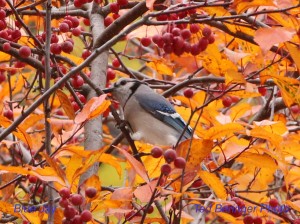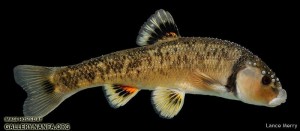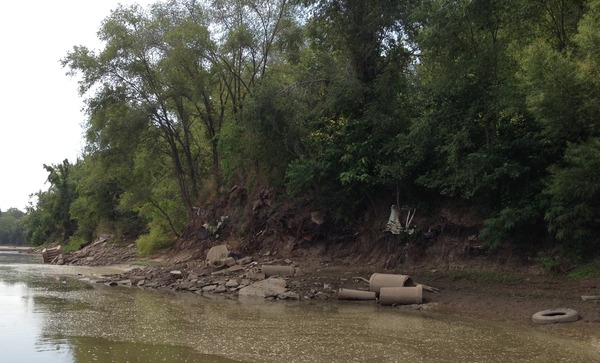Party at KU Natural History Museum On October 18
Party in the Panorama
Help raise support for bird, animal and fossil exhibits and programs by attending the Party in the Panorama, a science soiree for adults at the KU Natural History Museum. On October 18, the museum will be transformed into a science festival.
Join friends of the KU Biodiversity Institute and NaturalHistoryMuseum for a night of science games and activities, jazz, food and libations: it’s time for the Party in the Panorama! Try your hand at the Anatomy Alex game and test your bar science knowledge. Take your photo with Comanche and Lewis Lindsay Dyche. Practice the fish-painting art of gyotaku and check out some of the weird and wonderful specimens of the Biodiversity Institute collections. Bid for fossil casts and shop in the museum galleries for ways to help museum exhibits and programs, from restoring the Panorama prairie dog to summer camp scholarships.
In addition to these activities, the evening includes wine, beer and hors’dourves. Music provided by Floyd the Barber, and photo booth by Oh, Snap! Photography. Casual Dress.
Tickets are $40 per person or $75 per couple and include food and drink.
Questions? Contact [email protected] or 785-864-4450. Proceeds from Party in the Panorama will support the exhibits and programs of the KU Natural History Museum.
Party in the Panorama
7-10 p.m.
Saturday, October 18
KU NaturalHistoryMuseum
1345 Jayhawk Blvd.
Lawrence, KS66045
785.864.4450
Get your tickets to Party in the Panorama at http://kualumni.org/panoramaparty.

